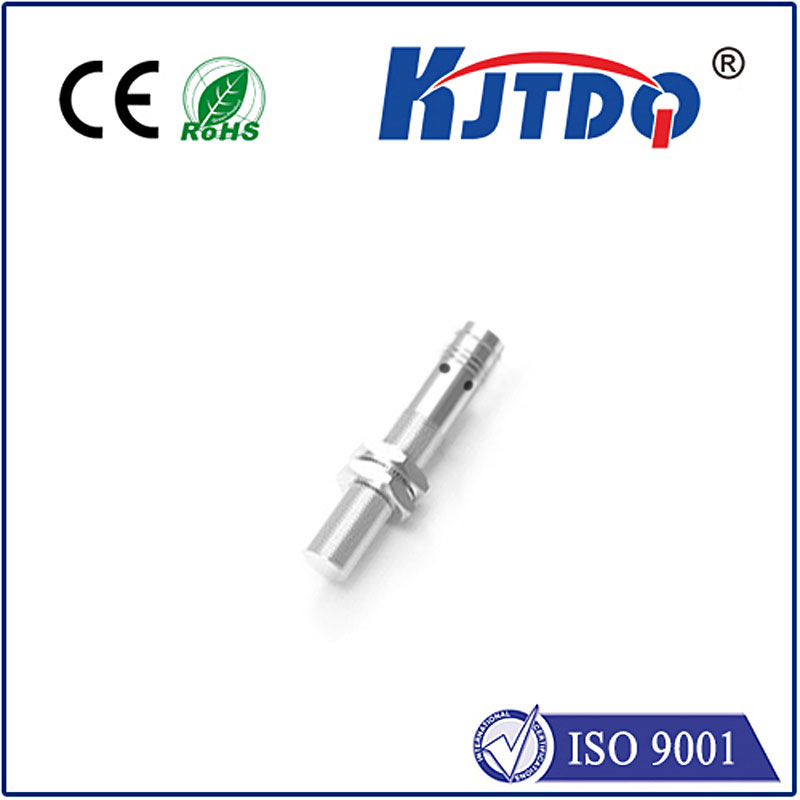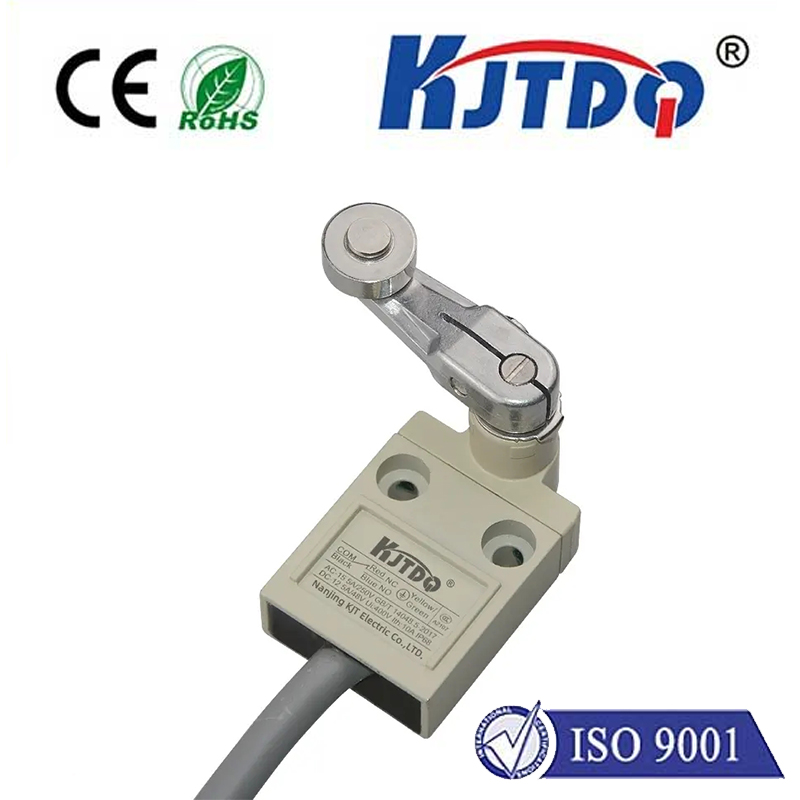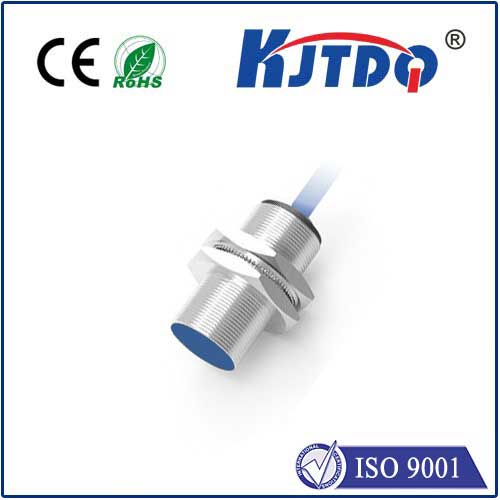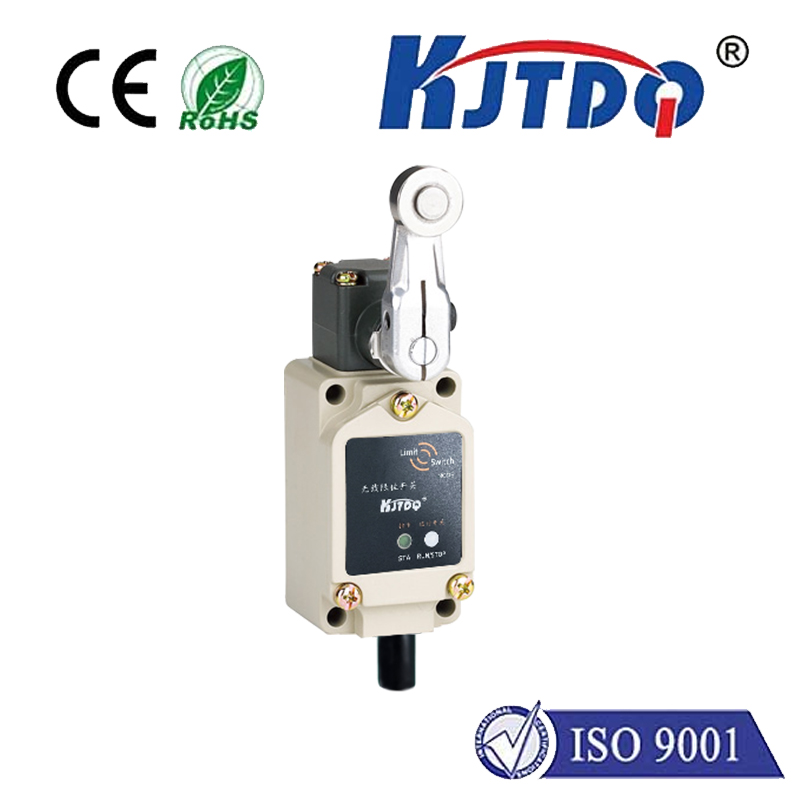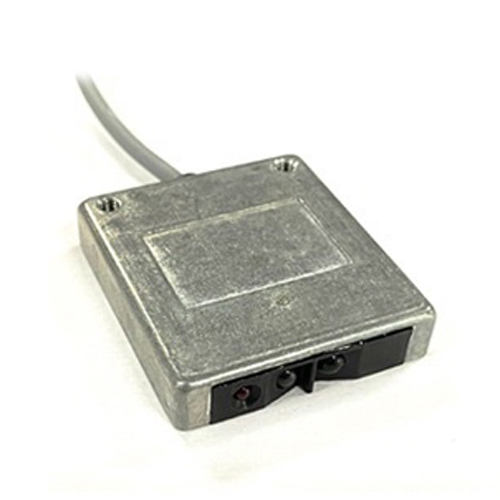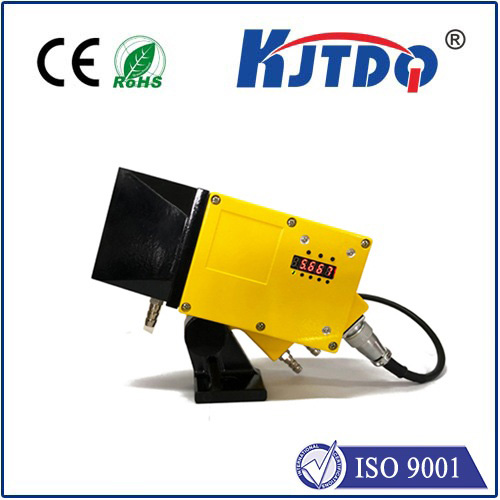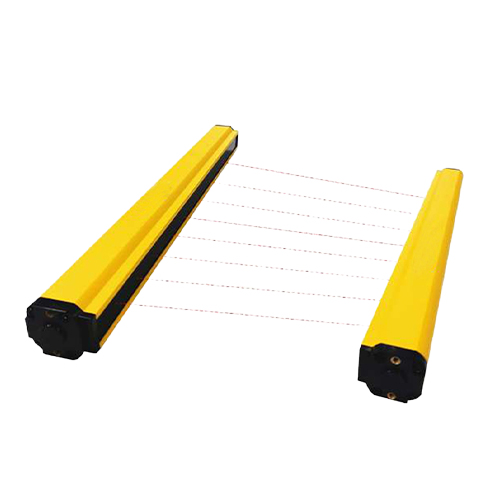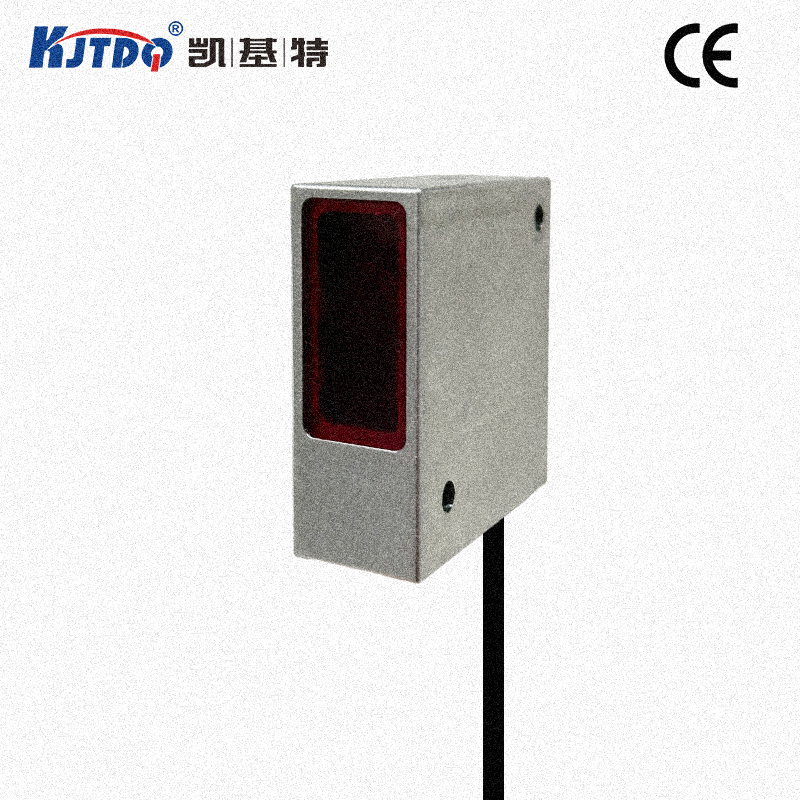ограничительный переключатель переменного тока
- time:2025-08-02 03:26:54
- Нажмите:0
AC Limit Switches: The Unsung Guardians of Industrial Automation
Imagine a high-speed packaging line suddenly jamming, spewing products everywhere. Or an elevator overshooting its floor, risking passenger safety. What prevents these industrial nightmares? Often, it’s a humble yet critical component: the AC limit switch. Operating silently behind the scenes, these robust electrical sentinels ensure machinery operates within safe physical boundaries, triggers precise actions, and prevents catastrophic failures. They are fundamental building blocks in automation, translating mechanical motion into reliable electrical control signals using alternating current (AC) power.
What Exactly is an AC Limit Switch?
At its heart, an AC limit switch is an electro-mechanical device designed to detect the presence, absence, or position of an object – typically a moving part of a machine. It achieves this through physical contact. When an actuator (like a roller arm, lever, or plunger) on the switch is moved by the target object, it internally opens or closes electrical contacts connected to an AC power circuit. This action either energizes or de-energizes the connected machinery, such as a motor, solenoid, or control system. Unlike purely electronic sensors, their operation relies on direct physical force, making them exceptionally reliable in harsh industrial settings where dust, vibration, or temperature extremes might disrupt other technologies.
How Does the AC Power Aspect Matter?
Limit switches are versatile and can manage various electrical loads. The Автоуправление designation specifically indicates the switch is rated and optimized to handle alternating current. AC is the dominant power source in most industrial facilities and large machinery due to its efficient transmission over distances and ease of voltage transformation. AC limit switches boast several inherent advantages:

- Robust Arc Suppression: AC current naturally crosses zero 100 or 120 times per second (depending on the grid frequency). This characteristic makes it significantly easier to extinguish the electrical arc generated when contacts open under load, enhancing the switch longevity compared to some DC designs under high-power interruption.
- Wide Compatibility: Seamlessly integrates with standard industrial AC power systems and control panels.
- High Current Handling: Designed to manage the demanding inductive loads commonly found in powerful industrial motors and solenoids energized by AC power.
Mechanism in Action: Simplicity Breeds Reliability
The core principle is straightforward. Consider a machine carriage traveling along a track. An AC limit switch is strategically mounted at the desired travel endpoint. As the carriage reaches this point, it physically depresses the switch’s actuator. This mechanical force triggers the internal mechanism:
- Actuator Movement: The roller, lever, or plunger is pushed.
- Contact Transition: This movement forces a set of electrical contacts inside the switch housing to rapidly change state – either opening a normally closed (NC) circuit or closing a normally open (NO) circuit.
- AC Circuit Control: This contact change instantly interrupts (in the case of NC) or completes (in the case of NO) the connected AC power circuit controlling the carriage drive motor.
- Machine Response: The motor stops (or reverses, depending on the control logic), preventing the carriage from moving beyond its safe limit. This simple, direct interaction translates physical position into definitive electrical action.
Versatility Through Design: Common Types
AC limit switches come in diverse configurations to suit countless applications, distinguished primarily by their actuator styles:
- Roller Lever: Ideal for detecting objects moving parallel to the switch body. The roller minimizes friction and wear.
- Rod Lever (Flex Rod): Offers a longer reach and flexes to absorb impact, often used for detecting passing objects on conveyors.
- Plunger (Pushbutton): Activated by direct linear force from any direction perpendicular to the plunger, used when precise point detection is needed.
- Rotary: Incorporates a rotating cam or wheel actuator, suitable for monitoring rotational position or slow-moving linear motion via a cam follower.
- Whisker (Wire Form): Highly sensitive, detecting very light forces or object presence in confined spaces.
Where Industry Relies on AC Limit Switches: Key Applications
These components are ubiquitous across sectors due to their ruggedness and dependability:
- Перевозка материалов: Controlling travel limits on overhead cranes, gantries, forklifts, and automated storage/retrieval systems (AS/RS). Ensuring conveyor belts stop when packages jam or reach sorting points.
- Промышленное оборудование: Defining the start and end points of hydraulic/pneumatic cylinders on presses, metal forming machines, and injection molding equipment. Implementing safety interlocks on guards.
- Elevators & Escalators: Precisely stopping elevator cars level with floors and ensuring escalator steps retract safely.
- Packaging & Processing: Detecting product presence/absence on lines, sequencing filling operations, and controlling wrapper cut-off positions.
- Robotics: Signaling the end of robotic arm articulation or confirming gripper closure/open status.
The Compelling Advantages: Why Choose AC Limit Switches?
Despite advances in proximity sensors, AC limit switches remain indispensable for core reasons:
- Intrinsic Safety: Physical contact provides definitive confirmation an object has reached a position, crucial for hard stops and safety limits. Offers failsafe operation in critical circuits.
- High Durability: Engineered with robust housings (often metal or heavy-duty plastic) and contacts designed for millions of cycles, excelling in dirty, wet, or high-impact environments where optical sensors might fail.
- Cost-Effectiveness: Generally lower initial cost than many non-contact alternatives and minimal ongoing maintenance requirements.
- Simplicity & Directness: Easy to install, understand, troubleshoot, and integrate into existing AC control circuits. Their operation is visually or audibly verifiable.
- High Load Capacity: Capable of directly switching significant AC motor currents or controlling pilot relays for even larger loads without intermediate components.
Selecting the Right AC Limit Switch: Critical Considerations
Choosing the optimal switch ensures longevity, safety, and performance:
- Electrical Rating: Match voltage (e.g., 120VAC, 240VAC) and current (amperage) requirements of the load precisely. Consider inrush currents for motors.
- Actuator Type & Force: Select the style best suited to the motion and force application of the target object. Consider required operating force and overtravel limits.
- Environmental Conditions: Evaluate IP (Ingress Protection) rating needed for dust and moisture, temperature range, chemical exposure, and potential impacts/vibration. Options like stainless steel housings or hermetic sealing exist for extremes.
- Contact Configuration: Decide between Normally Open (NO), Normally Closed (NC), or changeover (SPDT) contacts based on control logic needs.
- Mechanical Life Expectancy: Consider the anticipated number of operating cycles required.
From safeguarding massive factory machinery to ensuring your elevator ride is smooth and secure, AC limit switches are fundamental enablers of safe, reliable, and precise industrial automation. Their clever blend of robust mechanical design and AC electrical control provides an unmatched level of certainty in detecting physical limits – a critical function where failure is simply not an option. Understanding their operation and diverse applications highlights why they remain a cornerstone technology on countless factory floors worldwide, consistently proving that sometimes the simplest solutions are the most enduring and effective.

